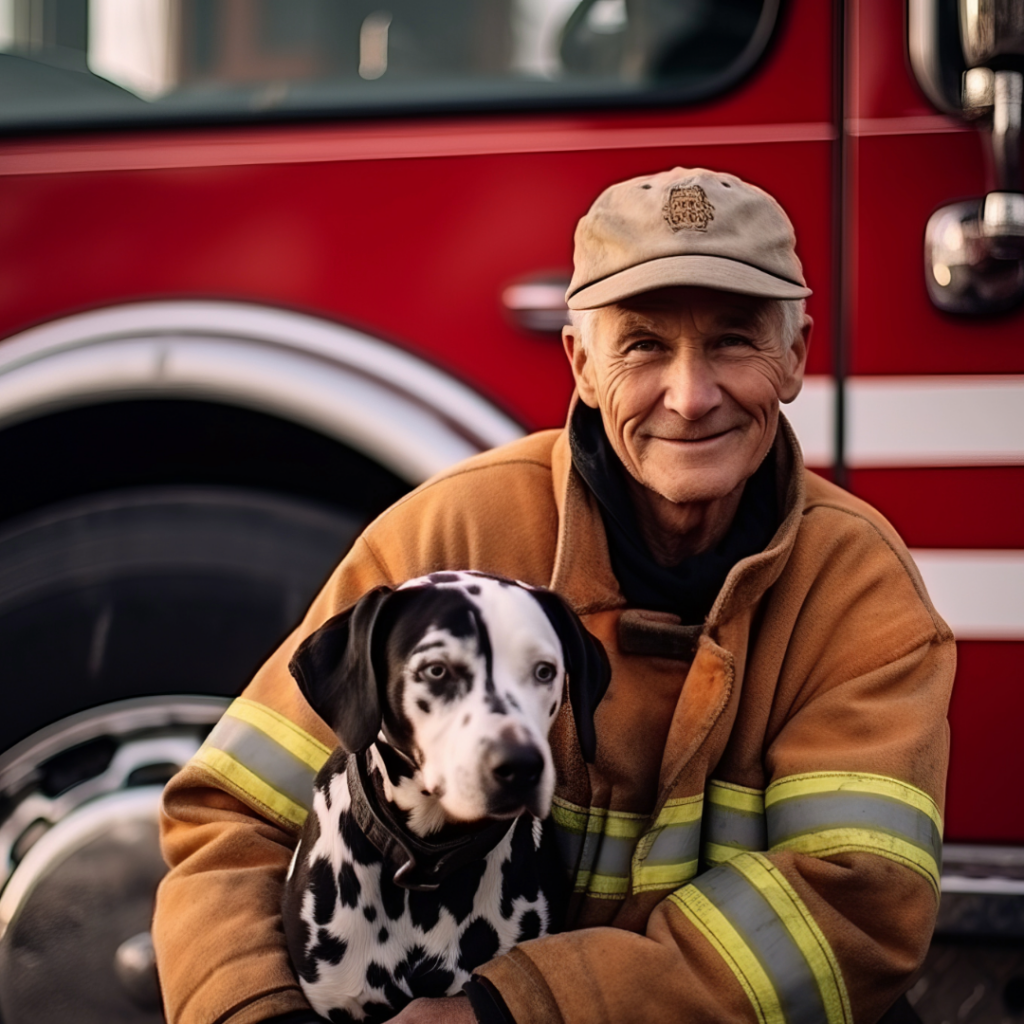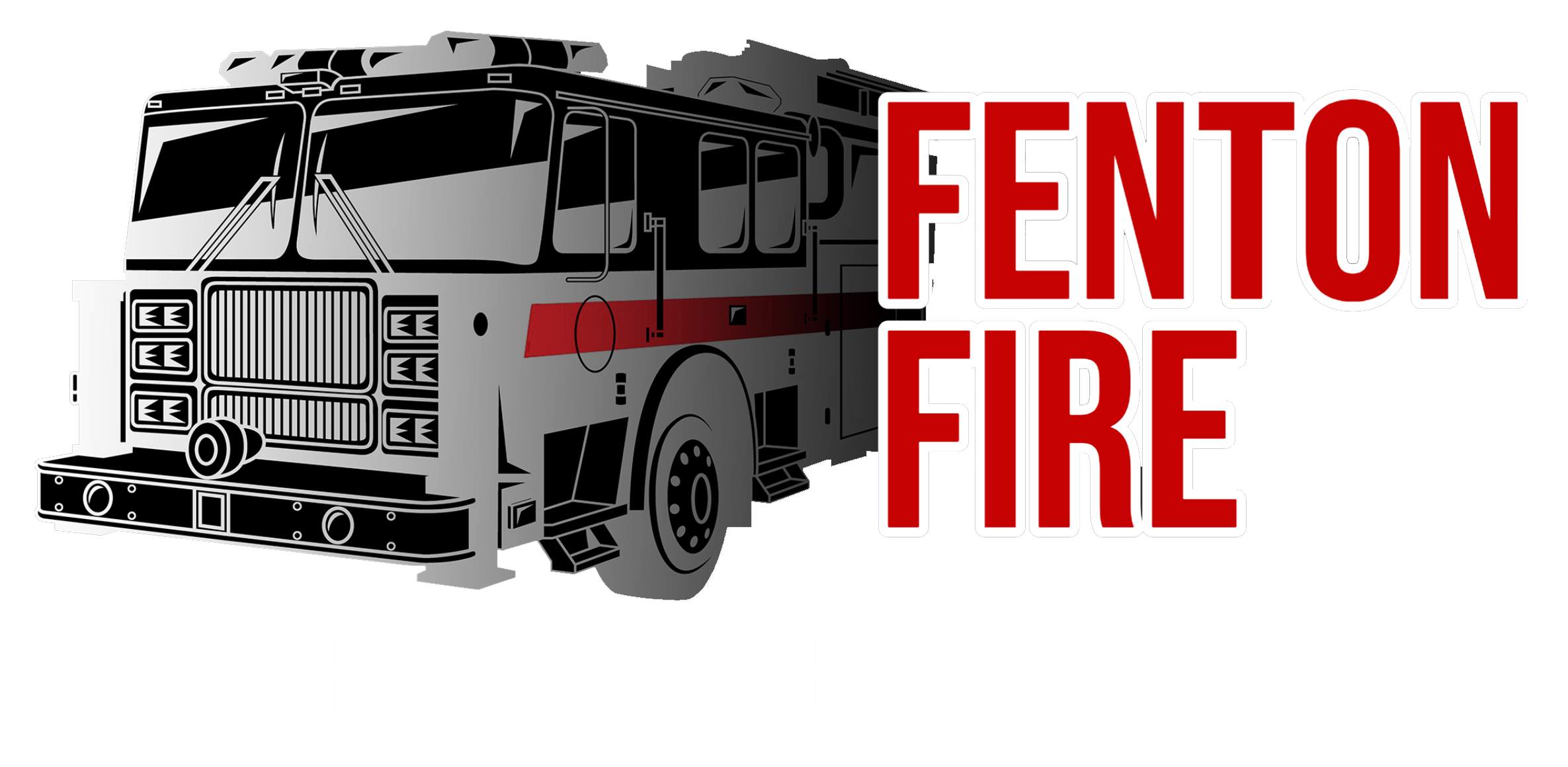Pups in Service: Dalmatians

We all know Disney’s darling pups in the 101 Dalmatians, but this beautiful breed isn’t just a cute cartoon. Many would also recognize them as the heroic mascot of firehouses across North America and England. Here is the history of how they came to be known as the duty-driven protectors of fire departments across the years.
Starting in the 17th century due to their fierce and loyal personalities, muscular long legs, a high capacity for strenuous activity, and great memory, Dalmatians were considered the perfect companion for horse-drawn carriages or coaches.
It was not uncommon for horse-drawn carriages to be subject to high volumes of theft, therefore, as a means of protection of the goods as well as the people (especially ladies of high distinction), Dalmatians were chosen to run alongside the carriage in twos to deter outside assailants, earning them a reputation as the “Ladies Dog” or the “English Coach Dogs”. Thus, Dalmatians became a society dog, not only praised for their fierce loyalty but also for their air of sophistication that came with their striped coats.
Dalmatians are not only companions for humans. In actuality, they have a long-standing history with horses.
When the fire service introduced the horse-drawn pumper, firefighters discovered that Dalmatians had a calming effect on horses, making them perfect for the job. When horses were scared of the flames, the Dalmatians were there to coax their equestrian counterparts to move the wagon closer to the blaze. Their history of valiant protectors was not wasted in the fire brigades, if anything, it gave these dogs a new purpose.
In the early 1900s, when fire departments across town were called for action, it was only the team who arrived first, hooked up to the water system, and controlled the flames that were paid for their work. So just as carriages in the past were subject to petty theft, the competition between firehouses created reasons to protect fire equipment whilst the firefighters did their jobs.
When a fire bell rang, the Dalmatians would bark to sound the alarm, raise the horse’s awareness and run ahead of the engine to clear the way on the roads for the fire vehicle. As horses are inherently frightened of fires, the calming effect of Dalmatians allowed for fire teams to station closer to the scene and reach crucial access points.
When motorized vehicles were introduced into the modern world at the start of the 20th century, it could be assumed that the use for Dalmatians diminished alongside their presence in the firehouse. Yet that is not the case.
Dalmatians remain the heroic faces of fire departments across America and became irreplaceable companions for firefighters. A famous example of such a dog is a Dalmatian named Twenty after her home station Station 20 in New York City. She was gifted to the station after the heartbreaking 9/11 incident as a support animal for the firefighters who lost seven of their own in the disaster. Reports say that her presence kept that firehouse alive, and upon her passing, the chief reported over Twitter:
“The house will never be the same”.
Regardless of their roles in the firehouse, it seems that Dalmatians will always carry special weight within past and contemporary firefighting.
See part two for more special firehouse hounds.
